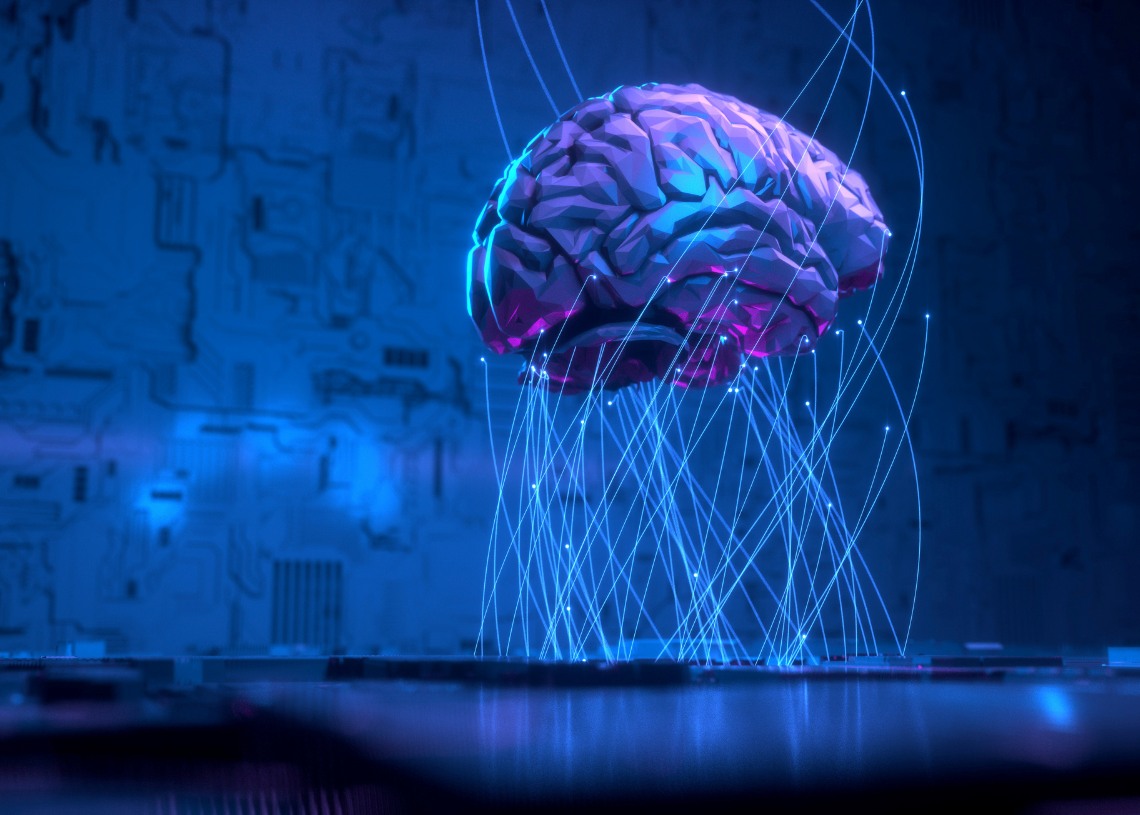By Jordi Linares Pellicer, València University University
The moment Deepseek saw the light, half -world experts (and from the other medium too) we enter tirelessly to know all the details of its open source. We have found very important advances, and one of them deserves to stop for a moment to think: when the user clicks the ‘R1’ Model button, the AI begins to look for the answer as the human mind does.
It is the beginning of something very new, so much that it is hard to believe that it is not science fiction: we are facing the reasoning of the machines.
China’s day
China broke strongly into the artificial intelligence scene (AI) only a few days ago With the launch of Deepseek. It is coda with the giants: OpenAi (Chatgpt), Gemini de Google and Claude de Anthropic. Surprises not only his power, but the fact that they managed to build it with Slemerly low investments compared to the astronomical budgets of its competitors. In addition, it is offered as a free model, so that anyone can install it and execute it on their computer in different versions.
Many outstanding voices already anticipated that China would not be left behind in the AI race. Kai-Fu Lee, author of IA superpowers And former president of Google China, he pointed out for a long time. Today, he directs one of the most powerful technological investment funds in the Asian country.
So far what Deepseek’s start has meant and still keeps the East and West in suspense. But, in addition, from the moment its development was made public, many have been testing the new China. Reports from the entire planet arrive, and we consider that its R1 mode deserves to stop.
The R1 model and the human brain
When examining Deepseek, we find a curious point that, it seems, few have warned. Under the box where we introduce our consultations there is a button that activates the R1 model, capable of reasoning more slowly and deeply. The way the machine thinks before responding to Prompt Remember system 2 (“think slowly”) with which the renowned psychologist Daniel Kahneman describes our own mind.
While Deepseek’s “1” system responds quickly and intuitively, the “2 system” resorts to more analytical and deliberate processes.
Most current models operate with that fast mode (system 1). The recent OPENAI Chatgpt model began the tendency to invest more computing time to solve complex problems in the face of a really complex question. The interesting thing about Deepseek is that he manages to act quickly for the easy and slow for the difficult. When we use it, if our Prompt It is easy to solve, the AI has two versions to respond almost immediately, and, in addition, the R1 model, where the system stops and thinks more before giving its answer.
Everything points to what 2025 will be a key year to see a greater deployment of this capacity for deep reasoning.
Deep reasoning
It is not the first time that such a jump is noticed. In 2016, Alphago, then directed by Demis Hassabis, Nobel Prize in Chemistryexecuted an incredible play, The famous 37 movement against Lee Sedol, in the GOwhich in Asia has been practiced for 3,000 years.
That moment was a milestone: the AI not only exceeded expectations, but also showed a creativity that took to be understood. With Deepseek, the promising thing is the expansion of this form of “thinking” more conscientiously, essential in contexts such as engineering or medicine to respond to problems in which there are still no methods to find clearly defined solution.
Open Pandora’s box
The Chinese team behind this project has opened both the code and its techniques to the public, which makes it easier for other researchers to replicate and improve their methods. This, of course, accelerates innovation and confirms that not only large corporations with millionaire funds can lead the technological career of the 21st century. Once the technology is available for everyone, the “Pandora Box” is totally open.
Many experts discuss The future general artificial intelligencewhich aspires to develop with ease in a wide range of tasks, as would make an average human being, and even approach the superintelligence.
Stop and think
Until recently, these issues sounded for science fiction, but the appearance of exceptional movements such as Alphago or the incursion of new models capable of “stopping and thinking” lead them to a more tangible plane.
We have entered fully into a stage in which we will stop doubting whether IA can reason, to pass, perhaps before expected, to get it better than us.
In the case of Deepseek, the R1 mode can end up solving problems of great complexity, leading to solutions before only in the hands of professional qualified after thinking, and much. The door opens to question the place of the human mind in the processes of discovery in the near future. O1 (and his future versions) of OpenAi is doing it, but Deepseek democratizes him and opens the world, which will mean enormous expansion.
When enabling the paused and deep reasoning option, and when opening its entrails, Depseek pays the land so that other initiatives do the same, promoting projects that exploit this approach to logistics, education, design, architecture or medical diagnosis.
Are we going to lose the human leadership of reasoning? Will we stop being the only ones with creative thought? At least, we started a race towards this result with a rhythm that experts did not expect.
Europe remains absent, determined to regulate something that does not end up understanding or dominating due to lack of investment and the loss of talent, which finds less obstacles. Instead of being at the forefront, it seems enclaustrada in debates that, by themselves, does not ensure real technological advance. Other actors continue to mark the rhythm now in the era of deep reasoning, in which the human being can become an observer and no longer the leader of cognitive power.
Exciting historical moment. Let’s not miss it.
Jordi Linares PellicerDr. in computer science and professor at the University University of Valencia, València University University
This article was originally published in The conversation. Read the original.

















